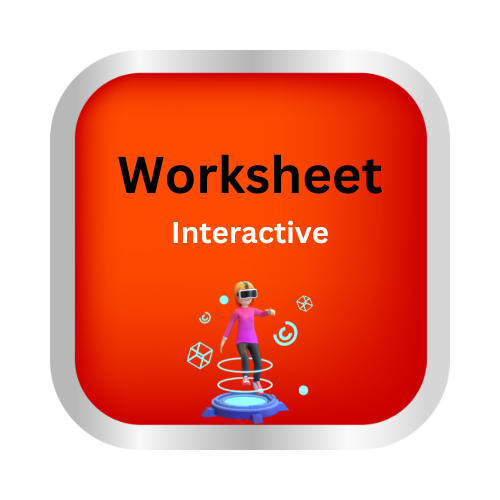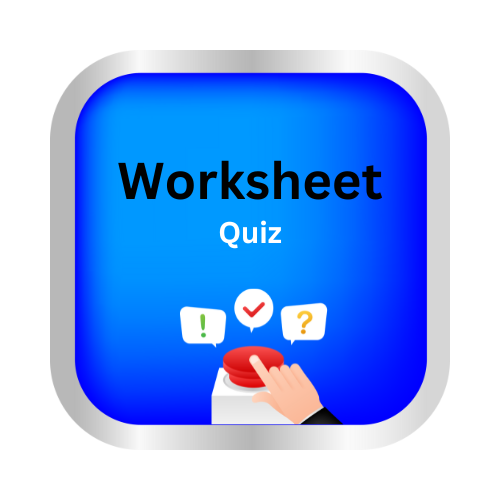Fill in the missing correlative conjunction
Key Notes :
📝 Fill in the Missing Correlative Conjunctions
Correlative conjunctions are pairs of words that work together to join words, phrases, or clauses in a sentence.
They always come in pairs! 🎯
| Common Correlative Conjunctions |
| Pair | Use | Example |
|---|---|---|
| both … and | To show two things together | I like both 🍎 apples and 🍌 bananas. |
| either … or | To show a choice between two options | You can either go to the park 🌳 or stay home 🏠. |
| neither … nor | To show not one and not the other | I like neither 🥕 carrots nor 🍅 tomatoes. |
| not only … but also | To add extra information | She is not only 👩🎓 smart but also 🏅 hardworking. |
| whether … or | To show possibilities or choices | I don’t know whether 🌧 it will rain or ☀ it will be sunny. |
| as … as | To compare equal things | He is as tall 📏 as his brother. |
| Tips for Filling in the Missing Conjunction |
1. 🔍 Look for pairs – If one is given, the other is missing.
- Example: I will either … eat pizza or pasta. → missing word: or
2. ✍️ Check the meaning – Does it show choice, addition, or comparison?
3. ✅ Match the structure – Correlative conjunctions usually link similar types of words (noun–noun, adjective–adjective, phrase–phrase).
| Examples to Practice |
- I want to eat ___ 🍕 pizza ___ 🍔 burger.
(Answer: both … and) - You can ___ watch TV ___ read a book.
(Answer: either … or) - She is ___ not happy ___ sad.
(Answer: neither … nor) - He is ___ smart ___ hardworking.
(Answer: not only … but also) - I am not sure ___ he will come ___ stay at home.
(Answer: whether … or) - My bag is ___ heavy 📚 ___ yours.
(Answer: as … as)
| Fun Reminder! 🎉 |
- Correlative conjunctions stick together like best friends! 🤝
- If one is missing, the other will complete the pair.
- Practice with colorful examples and emojis – it makes learning fun! 🌈

